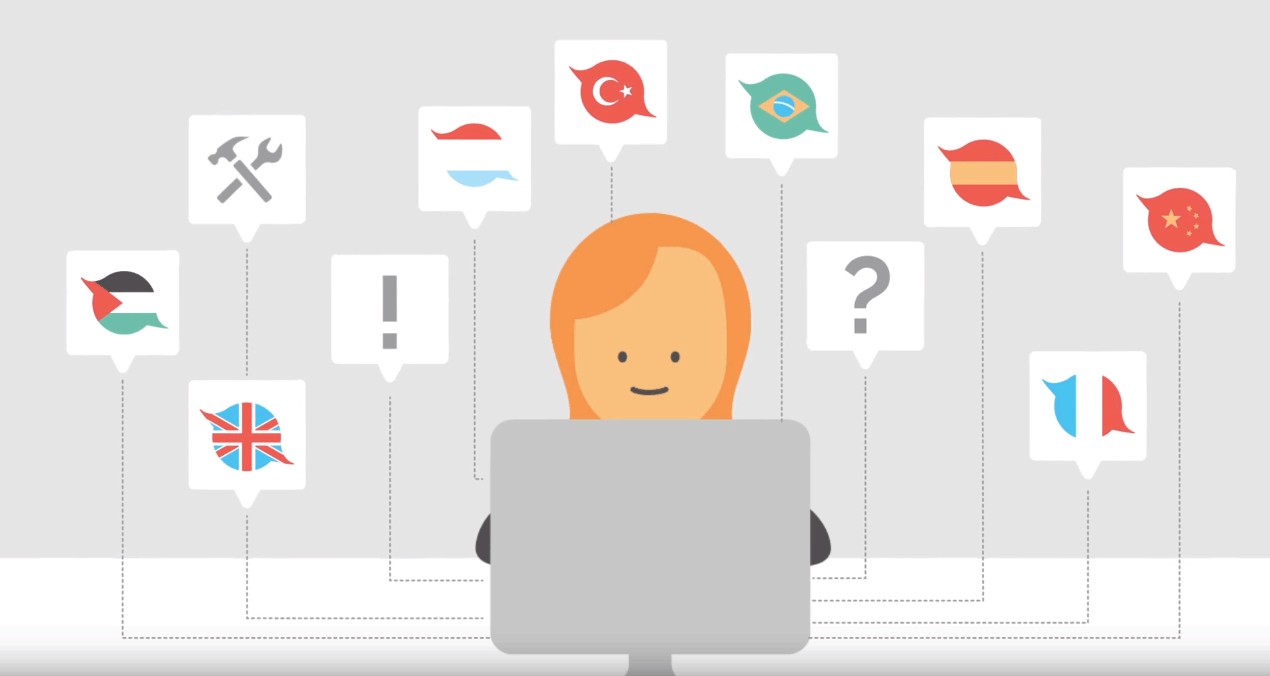What are the most common formats for a translation?

When requesting a translation, it is important to know which formats are compatible with the translation solution chosen and which are the most recommendable formats for carrying out the translation of documents. In this post, we'll take a look at these.
Every client is used to working with certain types of formats. However, these may not necessarily be the most efficient for the translation process. Why? Because sometimes documents are sent to be translated in a non-editable format, i.e., documents with text that cannot be processed directly in a CAT tool. For example, PDF documents and image file formats (.jpg, .png, etc.), which, because of the format type, means that we cannot do a word count in order to prepare a quote. And, as we mentioned earlier, this also lengthens the translation process as it involves converting the document into an editable format or even rewriting the content manually, as CAT tools cannot be used.
For this reason, it is recommendable to make a translation request using an original or editable document. There are various types of editable formats. The most common are:
- Formats MS Office: Word, Excel and PowerPoint. Documents from open-source programmes such as OpenOffice are also editable.
- Layout and design formats, such as an Adobe InDesign, FrameMaker and AutoCAD, among others.
- Other formats, including HTML, XML and CSV.
We should also keep in mind the importance of translation memories . As we have discussed in previous posts, these are a very useful resource in a translation process, as they speed up the process and save costs for customers. This type of functionality is available in most translation tools and the formats are usually .xliff or .tmx.
Formats compatible with translation solutions
At ATLS, we offer B2B translation solutions. Each of these are compatible with most existing formats, depending on the type of translation solution. Thus, for document translation solutions, we deliver the translation in the same format as the original document. Let's take a look at the formats that are used with our document translation service:
![]()
It is, therefore, important to take into account these formats when making a translation request. You'll save time and money!




